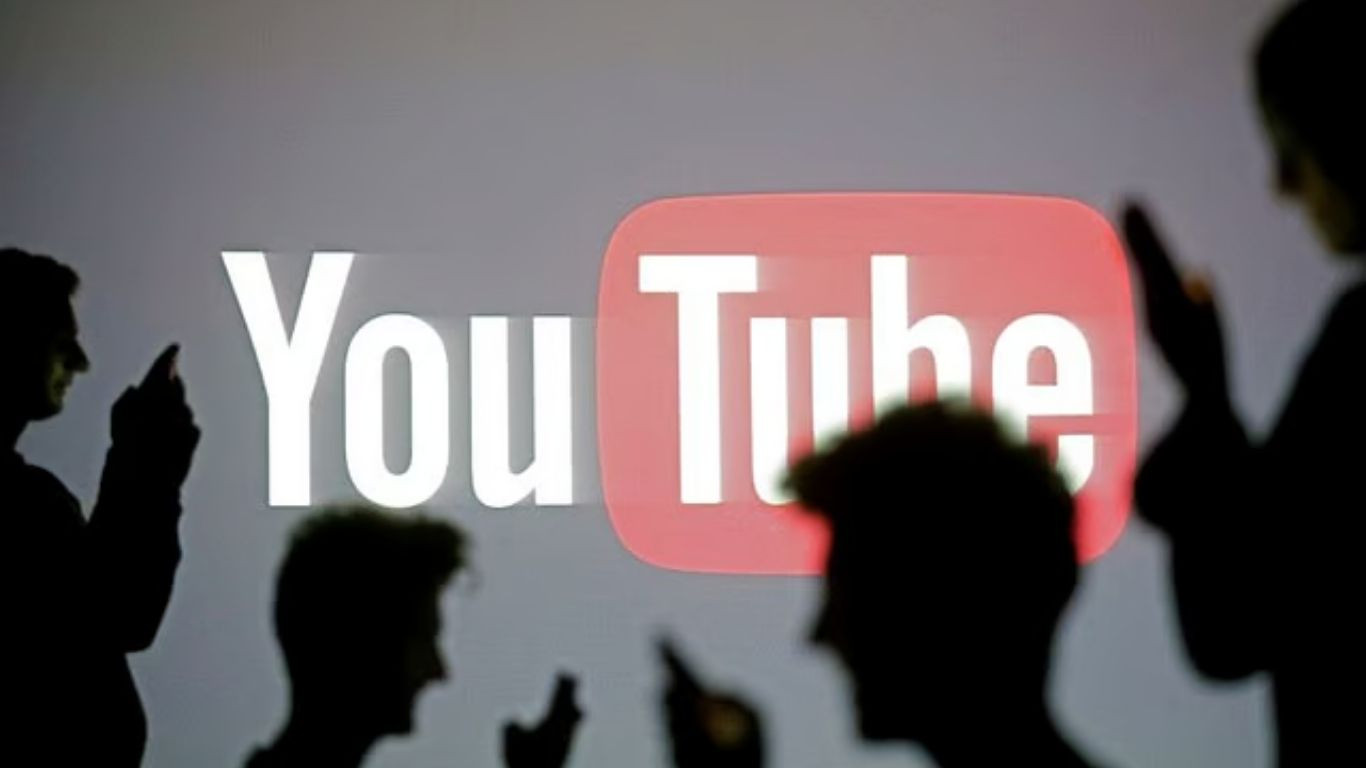YouTube’s new AI can guess your age from your watchlist, US trial starts
US trial could change how YouTube protects teens and tailors content for all viewers
Gulf News
Published: 13 Aug 2025

Photo: Collected
Your YouTube watchlist could soon reveal more than just your taste in videos—it might tell the platform how old you are.
Starting Wednesday, YouTube is rolling out a US trial of an AI-powered age verification system that estimates your age based not on the birthday you entered, but on the types of videos you watch, search for, and interact with.
It’s a significant shift for the platform, aimed at better shielding minors from inappropriate content while offering a safer, more tailored experience for all users. Instead of relying on self-reported data, the system will use patterns in viewing habits, search history, and account activity to decide whether you’re a teen or an adult.
For now, the test applies only to a small group of logged-in US viewers. If YouTube’s AI thinks you’re under 18, it will trigger existing safeguards: blocking certain videos, limiting personalised ads, and prompting privacy and screen-time reminders.
How else to prove your age?
If the system gets it wrong, you can prove your age with a government-issued ID, credit card, or selfie. Browsing without logging in? Some content will be blocked unless you verify your age another way.
The trial comes amid growing political and legal pressure for tech platforms to step up age verification, especially after the US Supreme Court upheld a Texas law aimed at restricting minors’ access to explicit material.
James Beser, YouTube’s director of product management for youth, said in a blog post that the system is designed to “deliver safety protections while preserving teen privacy,” though digital rights groups caution, it could raise privacy and free speech concerns.
If successful, this test could pave the way for a global rollout—marking a future where YouTube knows your age not because you told it, but because it figured it out. For millions of users, that could mean smarter recommendations, stricter safeguards, and a new standard in how online platforms handle age verification.

